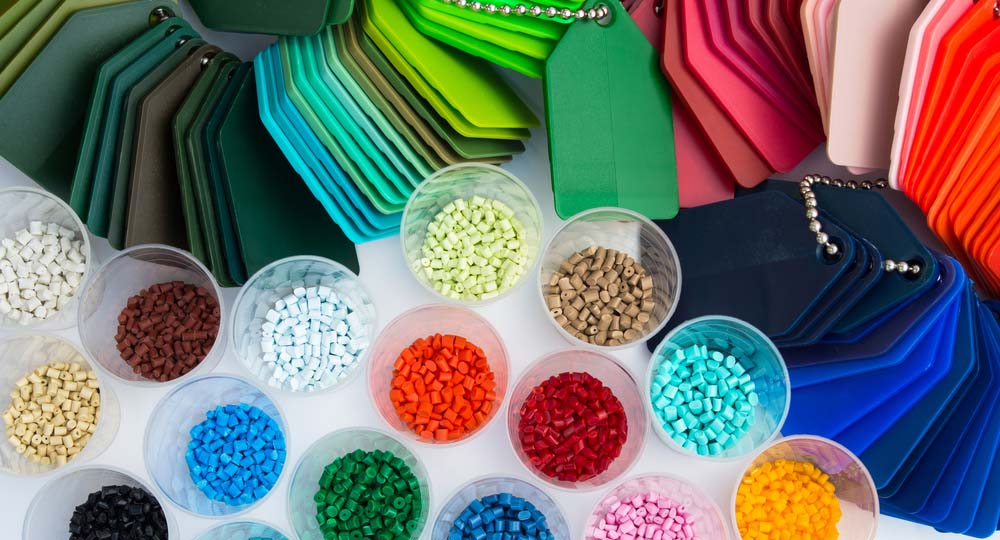CPSIA Plasticizer and Additives Regulation Test
The Consumer Product Safety Improvement Act (CPSIA) was enacted in 2008 to ensure that consumer products sold within the United States are safe for children. One of its key provisions is the restriction on certain phthalates used as plasticizers or additives, which are widely used in toys and other children’s products. This regulation aims to prevent adverse health effects associated with these chemicals.
Our CPSIA Plasticizer and Additives Regulation Test service ensures compliance by identifying potential risks from plasticizers like diisononyl phthalate (DINP) or diethylhexyl phthalate (DEHP). These substances are known to be harmful if ingested, inhaled, or absorbed through the skin. The CPSIA specifically targets these chemicals and sets strict limits on their concentration levels.
For toy manufacturers, this service is crucial as it helps them ensure that their products meet regulatory standards set by CPSIA. It involves thorough testing to determine if any prohibited substances are present at concentrations exceeding those permitted under the law. Our team uses advanced analytical techniques such as gas chromatography-mass spectrometry (GC-MS) and liquid chromatography-tandem mass spectrometry (LC-MS/MS), which provide precise quantification of phthalates in various toy components.
The process begins with sample collection, where we collect representative specimens from the toys being tested. Specimens are then prepared according to standard procedures outlined by CPSIA and other relevant international standards like ISO 8152:2019 for plasticizers. After preparation, samples undergo rigorous analysis using state-of-the-art instrumentation.
Once testing is complete, we generate detailed reports that outline findings and provide recommendations for corrective actions if any non-compliance issues are identified. Compliance with CPSIA ensures protection against potential recalls or legal challenges while maintaining a good reputation among consumers who value safety above all else.
Applied Standards
| Standard Name | Description |
|---|---|
| CPSIA Section 104 | Establishes limits on certain phthalates in children's toys and child care articles. |
| ASTM F963-17 Standard Specifications for Toy Safety | Addresses various aspects of toy safety including chemical content. |
Industry Applications
| Application Area | Description |
|---|---|
| Toys and Children's Products | Ensures compliance with CPSIA for phthalates in these products. |
| Packaging Materials | Verifies that packaging materials used in toys do not contain restricted substances. |
Environmental and Sustainability Contributions
By ensuring compliance with CPSIA regulations, our testing service helps manufacturers reduce the risk of environmental contamination. The use of restricted chemicals like phthalates can leach into soil or water if toys are improperly disposed of after their useful life. Our rigorous testing process minimizes this risk by identifying and eliminating sources of such contaminants at an early stage.
In addition to protecting public health, our service also supports sustainability efforts by promoting the use of safer alternatives to hazardous chemicals in toy manufacturing processes. This not only enhances product safety but also contributes positively towards reducing waste generation associated with non-recyclable materials containing harmful additives.





